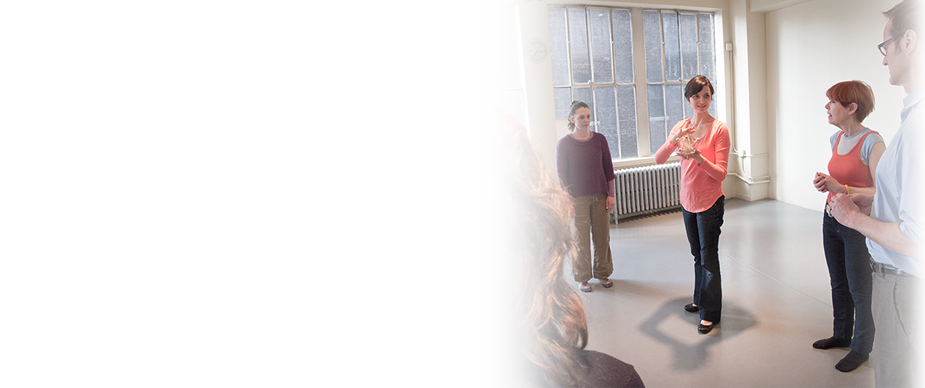Arming You with Handy Posture Tips
/Need a hand with your posture?
Whether you're using them to type, wash dishes, throw a ball, or letting them swing by your sides, your arms and hands are part of you and effect your posture. Your whole body, your thoughts, feelings and environment all have an impact on your posture, but today we'll take a closer look at arms and hands and I'll offer you some handy tips that you may find especially handy when using your smartphone or when you are at your desk.
First, I want to review a bit about staying upright. As I'm talking about your arms, I'll also be reminding you to let your body lengthen upward. One of the simplest ways to get this upward direction going is to bring your attention to the very top of your head. Try scratching the top of your head and then take your hand away. Do you feel where you scratched? Think of that spot that you feel aiming upwards toward the ceiling. See if you can just have that intention without pulling up or moving your head around. Good posture is not so much about positioning as it is about having an upward intention. So often throughout our day, we pull ourselves down, sometimes unconsciously. Having an upward intention helps those downward pulls to let go and unwind rather than adding more strain to hoist or pull yourself up. Pulling up doesn't lead to a sustainable posture. Try it. How long do you want to stay there? Probably not long. So, keep that awareness of your top-most point (where you scratched the top of your head) and have the upward intention...now onto the arms and hands...
Arms and Hands
Arms and hands are a pretty odd and unusual thing on this planet, but they give us great advantage. They can also pull us down, tense us up, and generally mess with our posture. Most of our vertebrate friends are on all fours. They can't pick apples, play the piano, or bake a cake (though I'm sure someone will prove me wrong and post a YouTube video of a cat doing all of these things). Imagine your favorite 4-legged friend for a moment. All of its paws or hooves (including the front ones) are on the ground most of the time, constantly being stimulated to respond to gravity, which activates healthy, supportive tone in the animal's back and whole body, while allowing it to breathe totally freely. Your friend here has good posture and doesn't have to think much about it.
So, where are your arms and hands now? How do they feel? Tight? Heavy? Not sure? Are you reading this on your phone? If so, notice if you are tightening your wrist, upper arm or shoulder to hold the phone. Try to make more of the effort come from your hand, rather than further up the arm. Imagine your find fingers lengthening around the phone and not just tensing to hold it. When you hold things, you still grip them without strain simply by thinking of the effort as wrapping your hand around the object.
We don't want to over-tense, but holding an object, such as a smartphone, loosely is unnecessary and may lead to excess tension in the wrist. If a baby has ever grabbed your finger, you've probably noticed that they have quite a grip for such a small person. The baby is likely not jamming the wrist or over-tensing the upper arm and shoulder. Like with the cat or dog, the baby hasn't interfered with his/her coordination and the use of their arms and hands contributes to good posture rather than tensing things up.
Here's a little game...Put your hand out and ask a friend to hand you your phone with your eyes closed. Notice if your hand naturally does more of the work and if there is less gripping elsewhere. Then see if you can keep that going with your eyes open.
Here are two more tips for when you're at your desk:
Take frequent breaks and raise your arms up without hiking up the shoulders. Extend your fingers and imagine that the tips of your fingers are leading your arms out of your sides and back. Keep the idea of your head aiming up as you lower your arms back to your keyboard. As you lower them and as you reach the keyboard, maintain the idea/sensation of your arms being lively and connected to your back. Most importantly, don't let them flop and get heavy at the last minute.
Place your hands flat on desk, palms down. Allow your hands to melt into the desk and think of your palms widening and fingers lengthening (all the way to the finger tips). Release gripping that may have accumulated from typing or using your mouse. Maintain the upward intention of the top of the head.
When clicking the mouse or typing, let the fingers do the work. Don't tense the hands, wrists, and shoulders.
When walking:
Allow your arms to swing naturally as often as possible. This can be challenging if you carry a lot of stuff. Try to carry less as often as possible and keep the arms lively and swinging.
If you are putting any of these suggestions to use, let me know how it's going in the comments below. Cat videos welcome as well!





